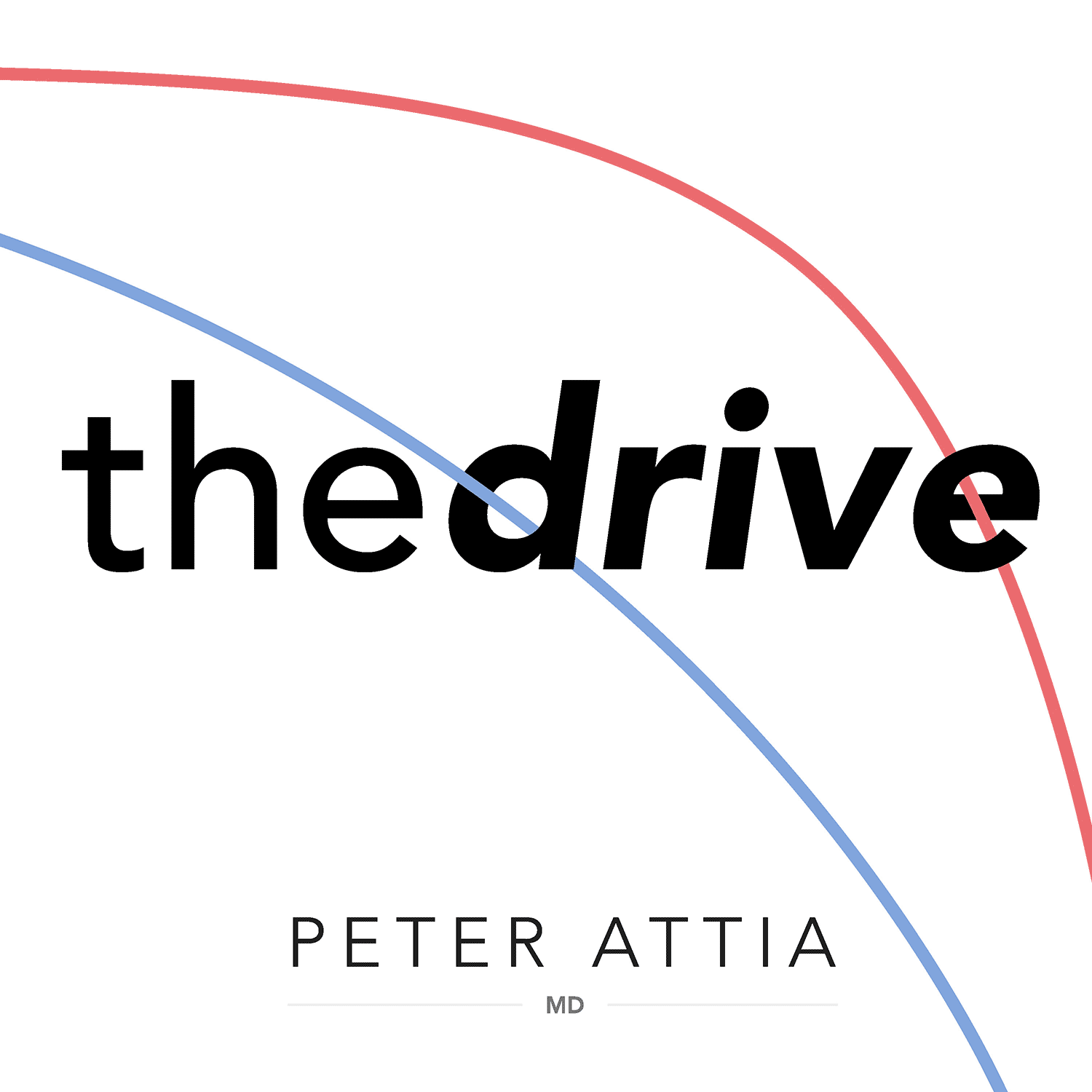#269 - Good vs. bad science: how to read and understand scientific studies
Podcast: The Peter Attia DrivePublished On: Mon Sep 04 2023
Description: View the Show Notes Page for This Episode Become a Member to Receive Exclusive Content Sign Up to Receive Peter’s Weekly Newsletter This special episode is a rebroadcast of AMA #30, now made available to everyone, in which Peter and Bob Kaplan dive deep into all things related to studying studies to help one sift through the noise to find the signal. They define various types of studies, how a study progresses from idea to execution, and how to identify study strengths and limitations. They explain how clinical trials work, as well as biases and common pitfalls to watch out for. They dig into key factors that contribute to the rigor (or lack thereof) of an experiment, and they discuss how to measure effect size, differentiate relative risk from absolute risk, and what it really means when a study is statistically significant. Finally, Peter lays out his personal process when reading through scientific papers. We discuss: The ever-changing landscape of scientific literature [2:30]; The process for a study to progress from idea to design to execution [5:00]; Various types of studies and how they differ [8:00]; The different phases of clinical trials [19:45]; Observational studies and the potential for bias [27:00]; Experimental studies: randomization, blinding, and other factors that make or break a study [44:30]; Power, p-values, and statistical significance [56:45]; Measuring effect size: relative risk vs. absolute risk, hazard ratios, and “number needed to treat” [1:08:15]; How to interpret confidence intervals [1:18:00]; Why a study might be stopped before its completion [1:24:00]; Why only a fraction of studies are ever published and how to combat publication bias [1:32:00]; Frequency of training for Olympic weightlifting [1:22:15]; How post-activation potentiation (and the opposite) can improve power training and speed training [1:24:30]; The Strongman competition: more breadth of movement, strength, and stamina [1:32:00]; Why certain journals are more respected than others [1:41:00]; Peter’s process when reading a scientific paper [1:44:15]; and More. Connect With Peter on Twitter, Instagram, Facebook and YouTube
The note was deleted
The note was saved
Your message was sent
